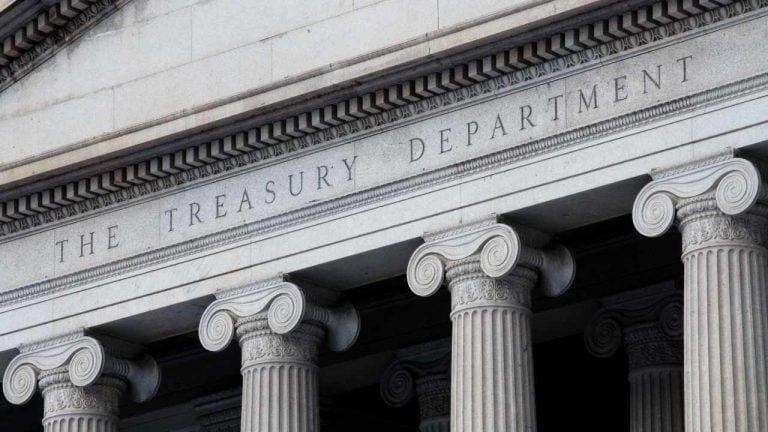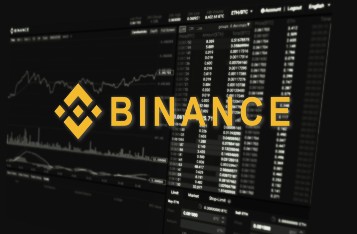
All the pieces are in place for BTC to rally to $30,000, but escalating economic uncertainty and regulatory pressure add strength to the key resistance level.
On March 23, Bitcoin (BTC) price recovered the $28,000 support after a brief correction below $27,000. The movement closely tracked the traditional financial sector, particularly the tech-heavy Nasdaq Index, which gained 2.1% as Bitcoin surpassed the $28,000 threshold.
On March 22, the Federal Reserve raised its benchmark interest rate by 0.25% but hinted that it is nearing its maximum level for 2023. In the end, however, Fed Chair Jerome Powell stated that it is too soon to determine the extent of the tighter credit conditions, so monetary policy will remain flexible.
Initially, it appears encouraging that the central bank is less inclined to increase the cost of money. However, global economies are exhibiting signs of stress. For instance, consumer confidence in the euro area decreased by 19.2% in March, reversing five consecutive months of gains and defying economists’ predictions of an improvement.
The recession is still putting pressure on companies’ profits and leading to layoffs. For example, on March 23, professional services company Accenture said it would end the contracts of 19,000 workers over the next 18 months. On March 22, the company Indeed, which helps people find jobs, let go of 2,200 workers, or 15% of its staff.
The stronger the correlation to traditional markets, the less likely a decoupling. As a result, according to futures and margin markets, the Bitcoin price increase has not instilled much confidence in professional traders.
Bulls and bears exhibit a balanced demand on margin markets
Margin trading allows investors to borrow cryptocurrency to leverage their trading position, potentially increasing their returns. For example, one can buy Bitcoin by borrowing Tether (USDT), thus increasing their crypto exposure. On the other hand, borrowing Bitcoin can only be used to bet on a price decline.
Unlike futures contracts, the balance between margin longs and shorts isn’t necessarily matched. When the margin lending ratio is high, it indicates that the market is bullish. The opposite, a low lending ratio, signals that the market is bearish.

On March 15, the margin markets longs-to-short indicator at the OKX exchange peaked at 60, but by March 17, it had fallen to 22. This indicates that during the rally, reckless leverage was not used. Historically, levels above 40 indicate a highly imbalanced demand favoring longs.
The indicator is currently at 19, indicating a balanced situation given the high cost of borrowing U.S. dollars (or stablecoins) to short BTC, which stands at 15%.
Long-to-short data shows reduced demand for leverage longs
The top traders’ long-to-short net ratio excludes externalities that might have solely impacted the margin markets. Analysts can better understand whether professional traders are leaning bullish or bearish by aggregating the positions on the spot, perpetual and quarterly futures contracts.
There are occasional methodological discrepancies between different exchanges, so viewers should monitor changes instead of absolute figures.
Related: Bitcoin likely to outperform all crypto assets following banking crisis, analyst explains

Between March 18 and March 22, the top traders’ long-to-short ratio at OKX increased, peaking at 1.09, but reversed course on March 23. The indicator is currently at its lowest level in 11 days, at 0.76. Meanwhile, at the Huobi exchange, the top traders’ long-to-short ratio has stood flat near 1.0 since March 18.
Lastly, Binance whales have consistently been reducing their leverage longs since March 17. More precisely, the ratio dropped from 1.36 to 1.09 on March 23, its lowest level in 11 days.
As Bitcoin has gained 13% since March 16, margin and futures markets indicate that whales and market makers were ill-prepared. This may initially appear bearish, but if the $28,000 support level holds, professional traders will likely be compelled to add long positions, further accelerating the bullish momentum.
Bitcoin derivatives ultimately exhibit no signs of stress. Not having excessive leverage on long positions is positive, and bears did not dare to add short positions. Nonetheless, recession risks and growing regulatory uncertainty, such as the United States Securities and Exchange Commission‘s Wells notice against the Coinbase exchange on March 22, will likely keep the price of Bitcoin below $30,000 for a while.
The views, thoughts and opinions expressed here are the authors’ alone and do not necessarily reflect or represent the views and opinions of Cointelegraph.
This article does not contain investment advice or recommendations. Every investment and trading move involves risk, and readers should conduct their own research when making a decision.

You can get bonuses upto $100 FREE BONUS when you:
💰 Install these recommended apps:
💲 SocialGood - 100% Crypto Back on Everyday Shopping
💲 xPortal - The DeFi For The Next Billion
💲 CryptoTab Browser - Lightweight, fast, and ready to mine!
💰 Register on these recommended exchanges:
🟡 Binance🟡 Bitfinex🟡 Bitmart🟡 Bittrex🟡 Bitget
🟡 CoinEx🟡 Crypto.com🟡 Gate.io🟡 Huobi🟡 Kucoin.



















Comments